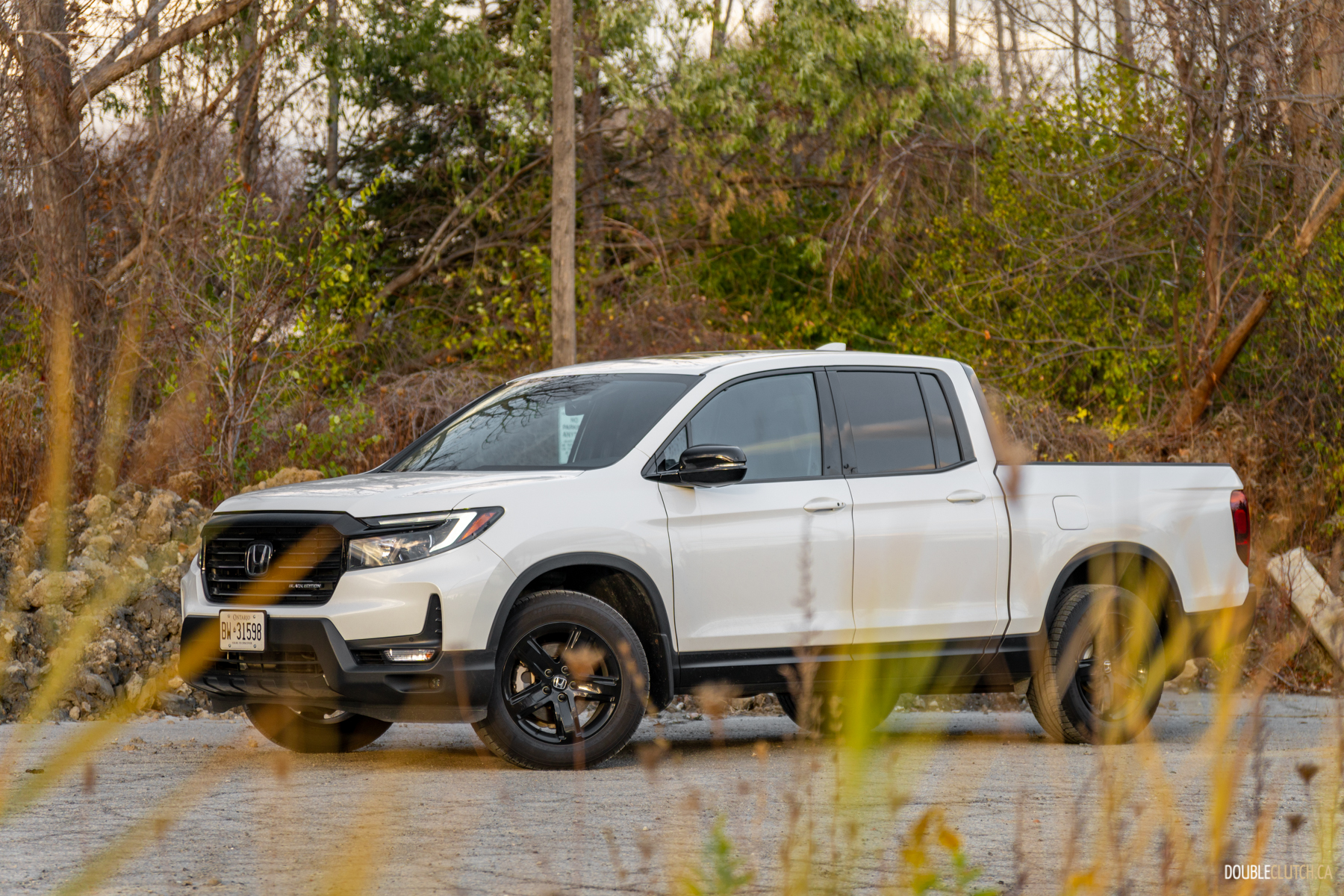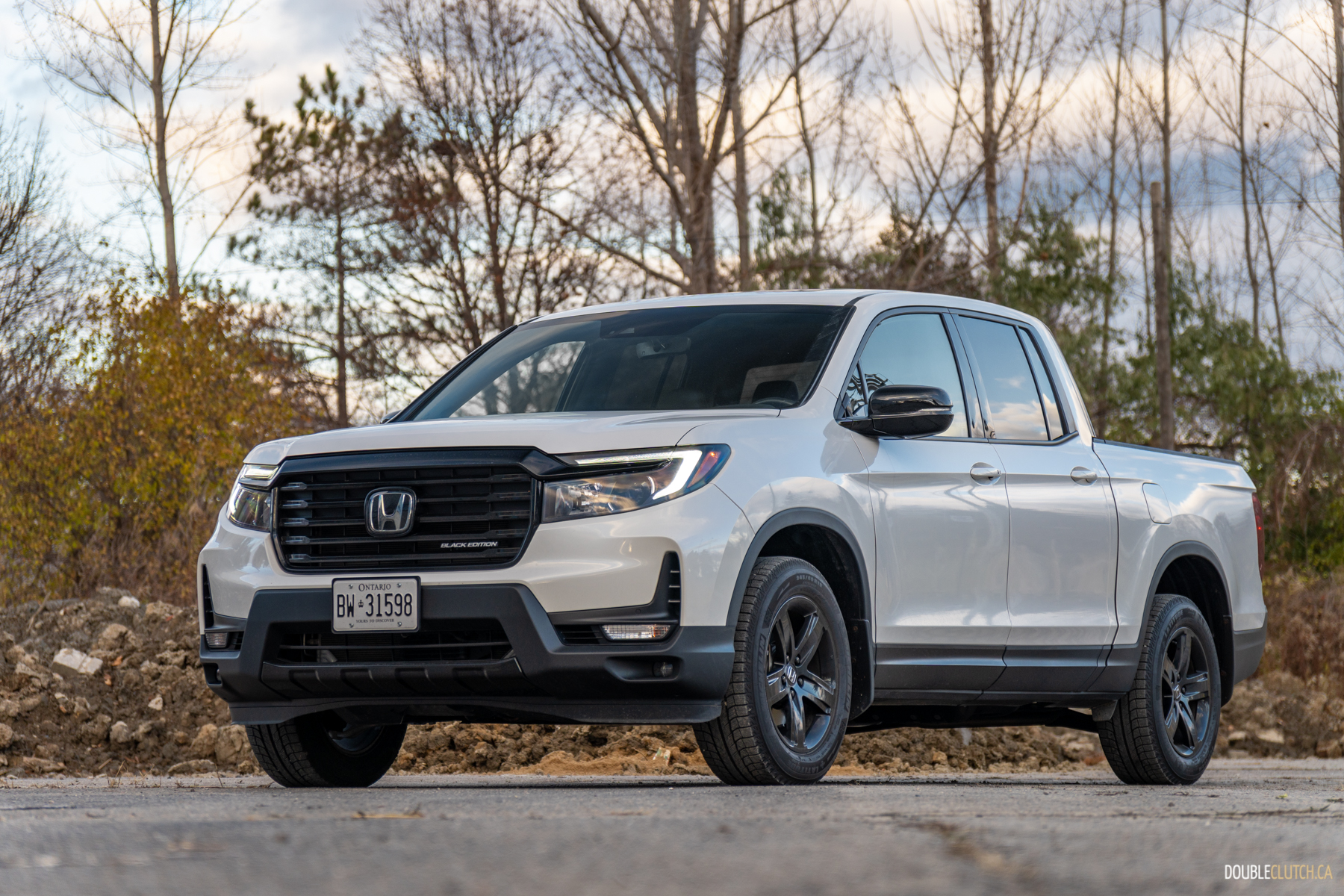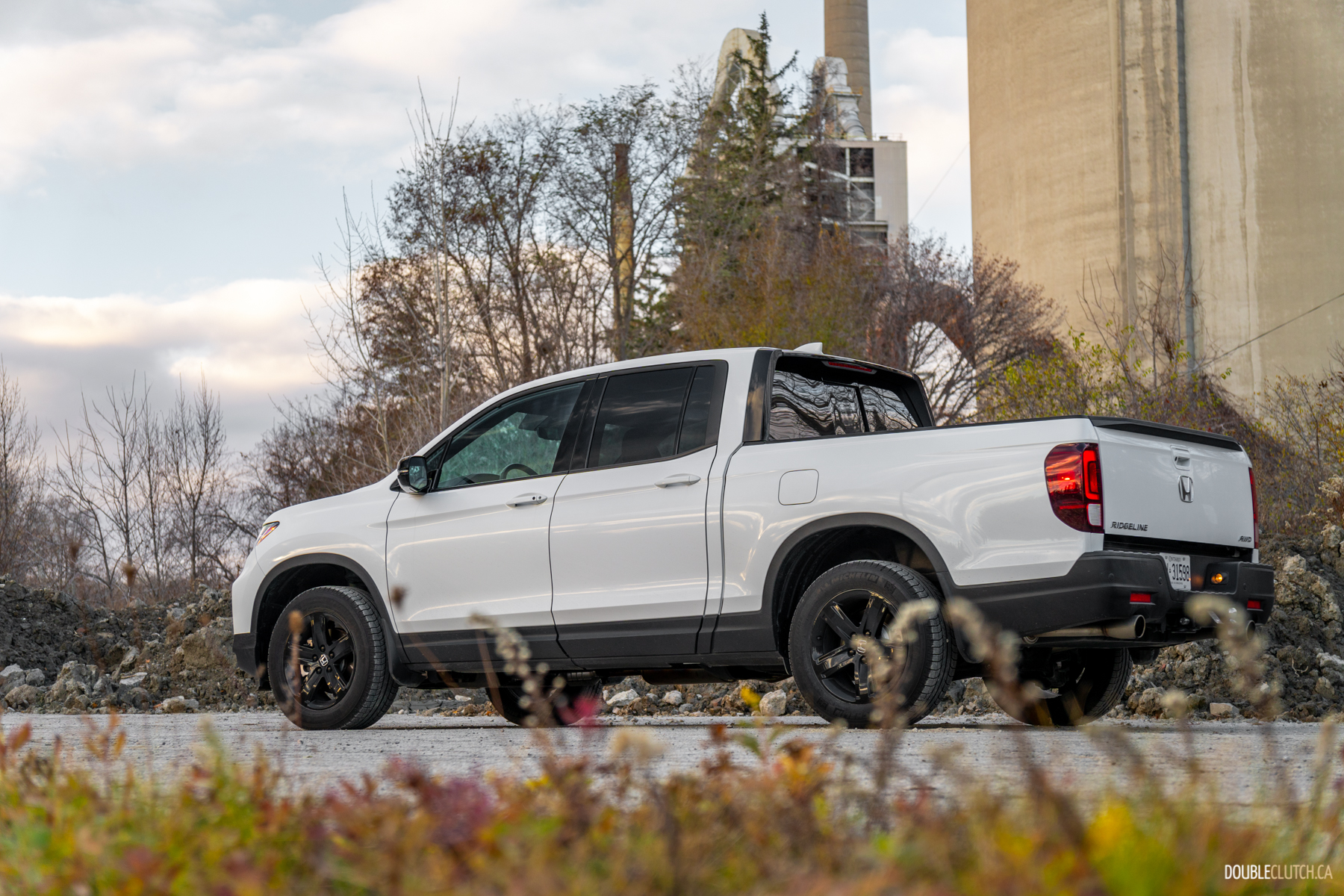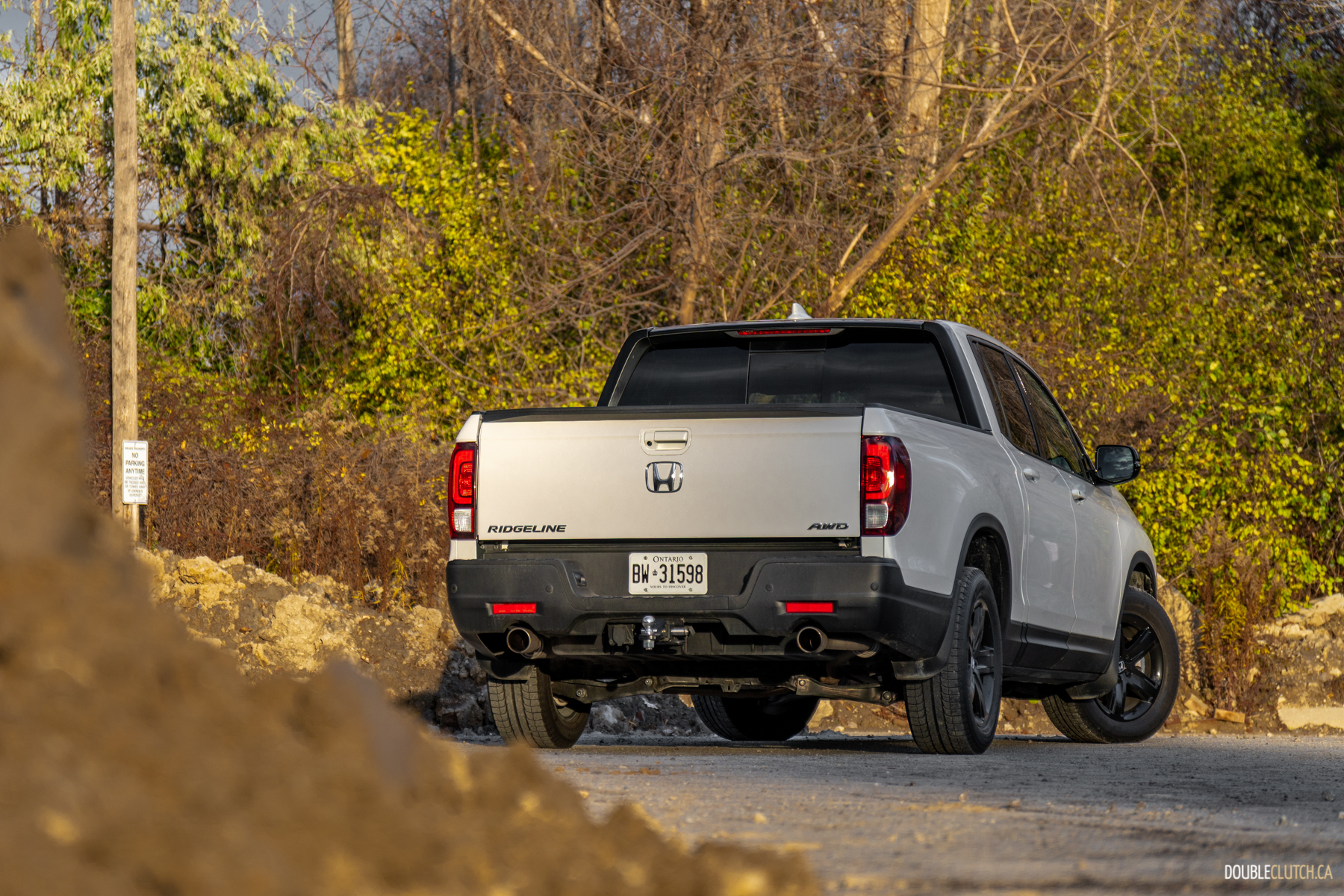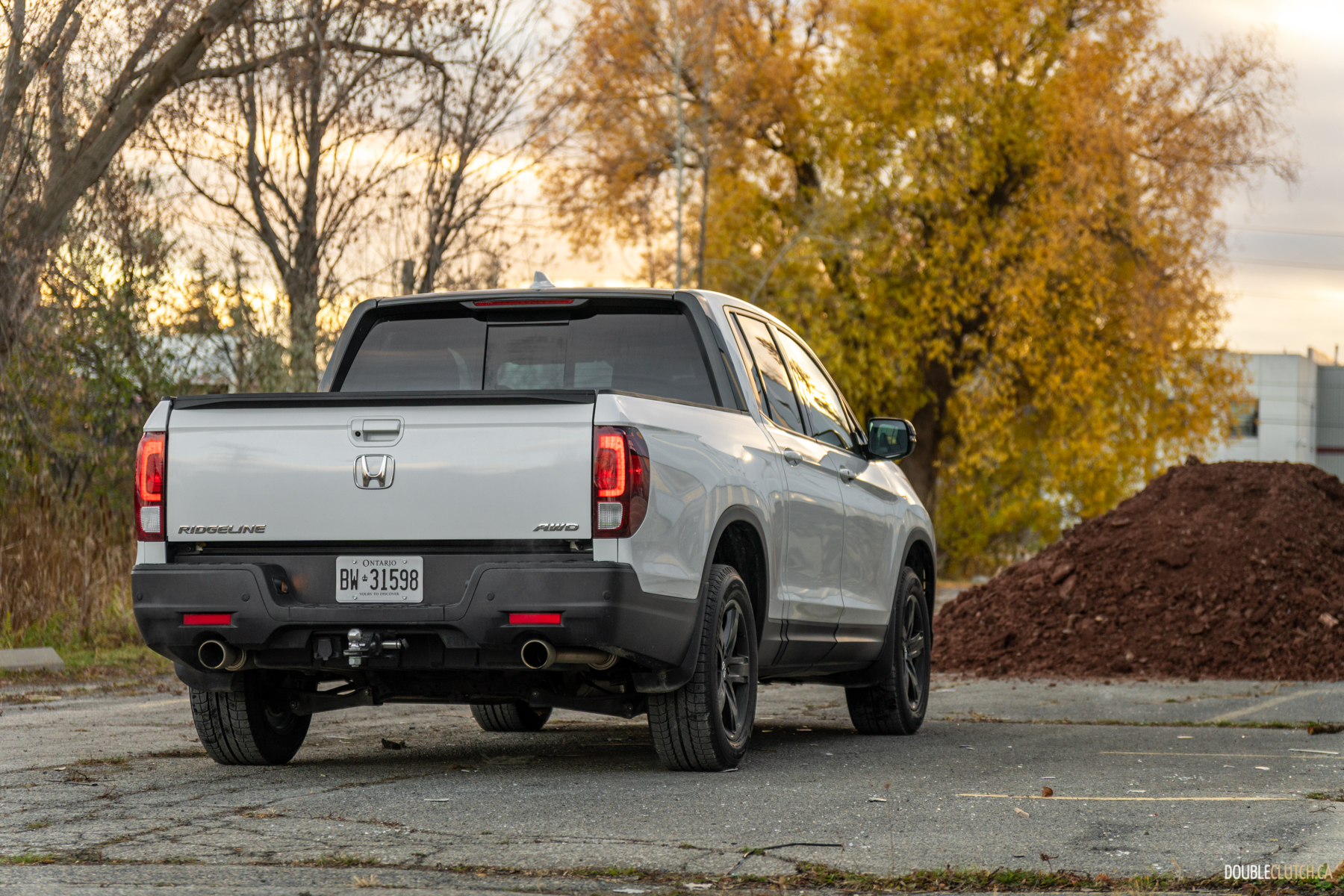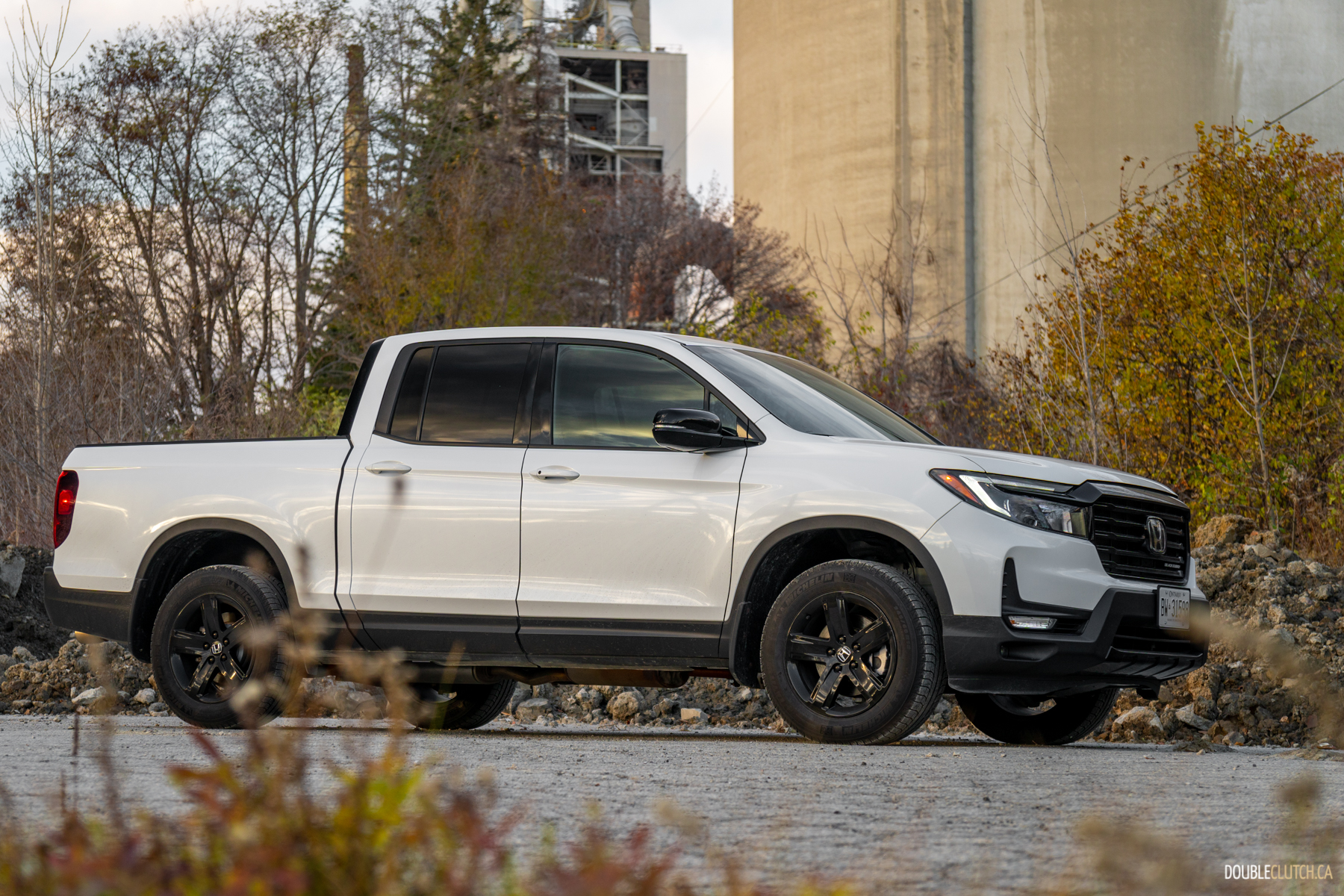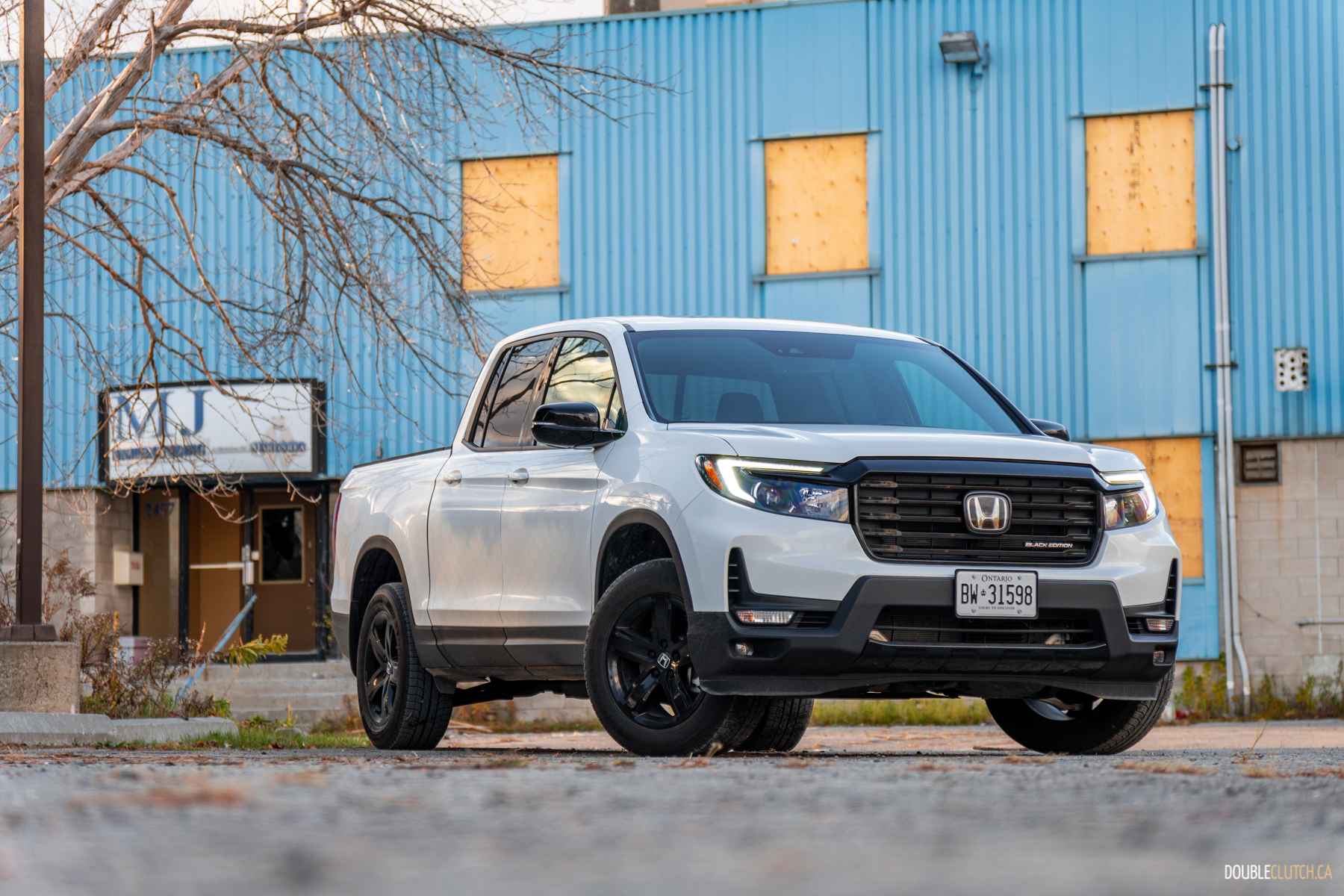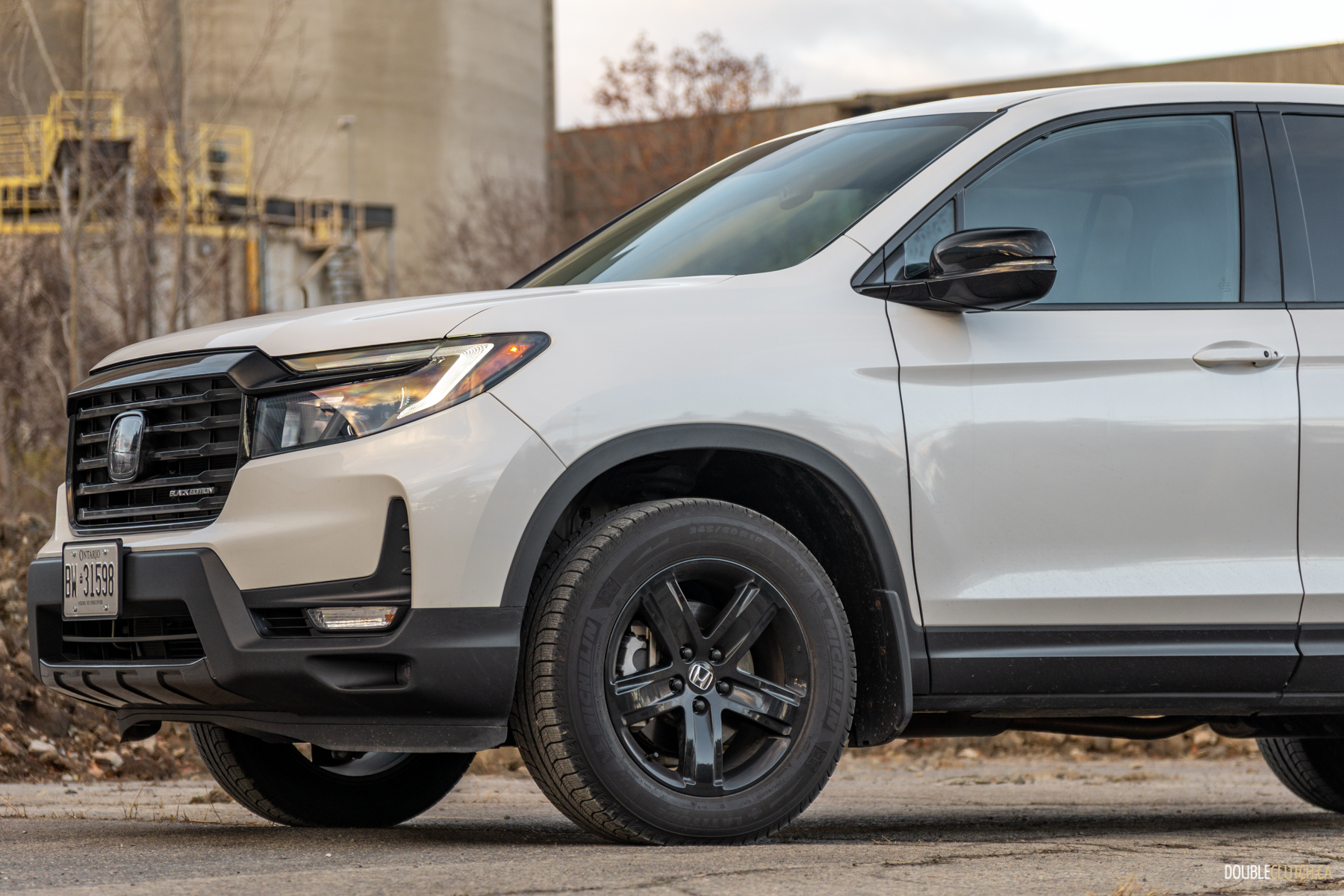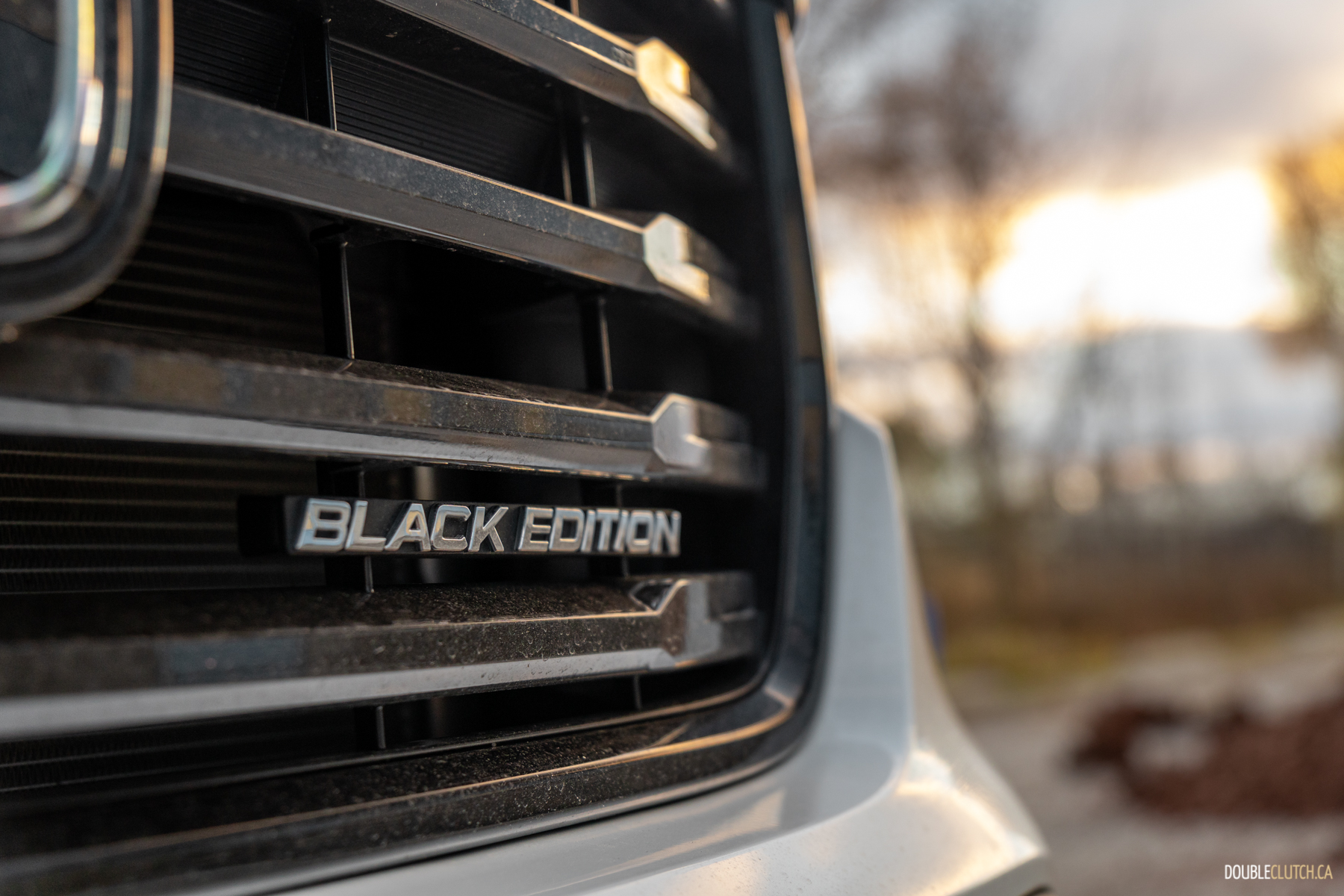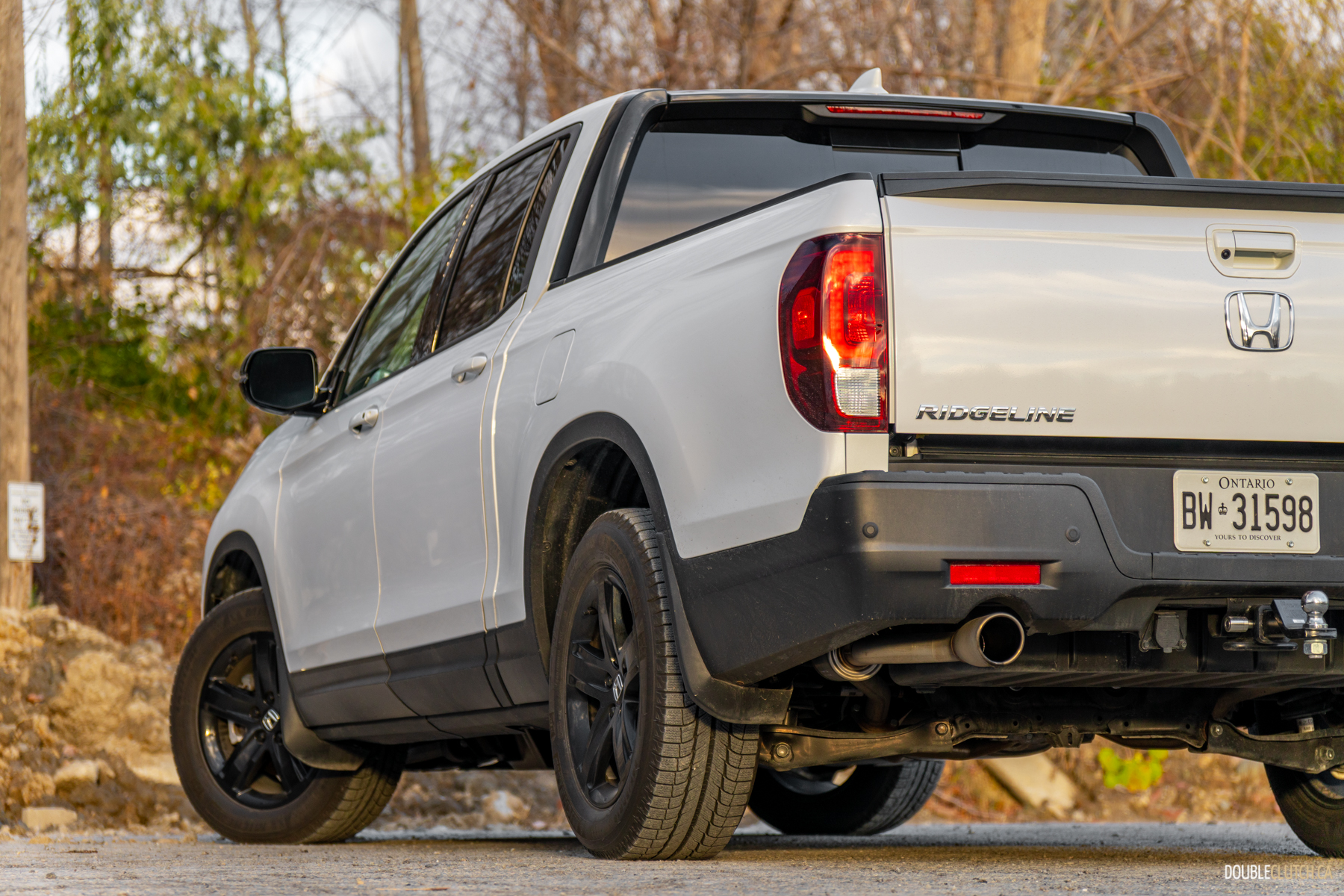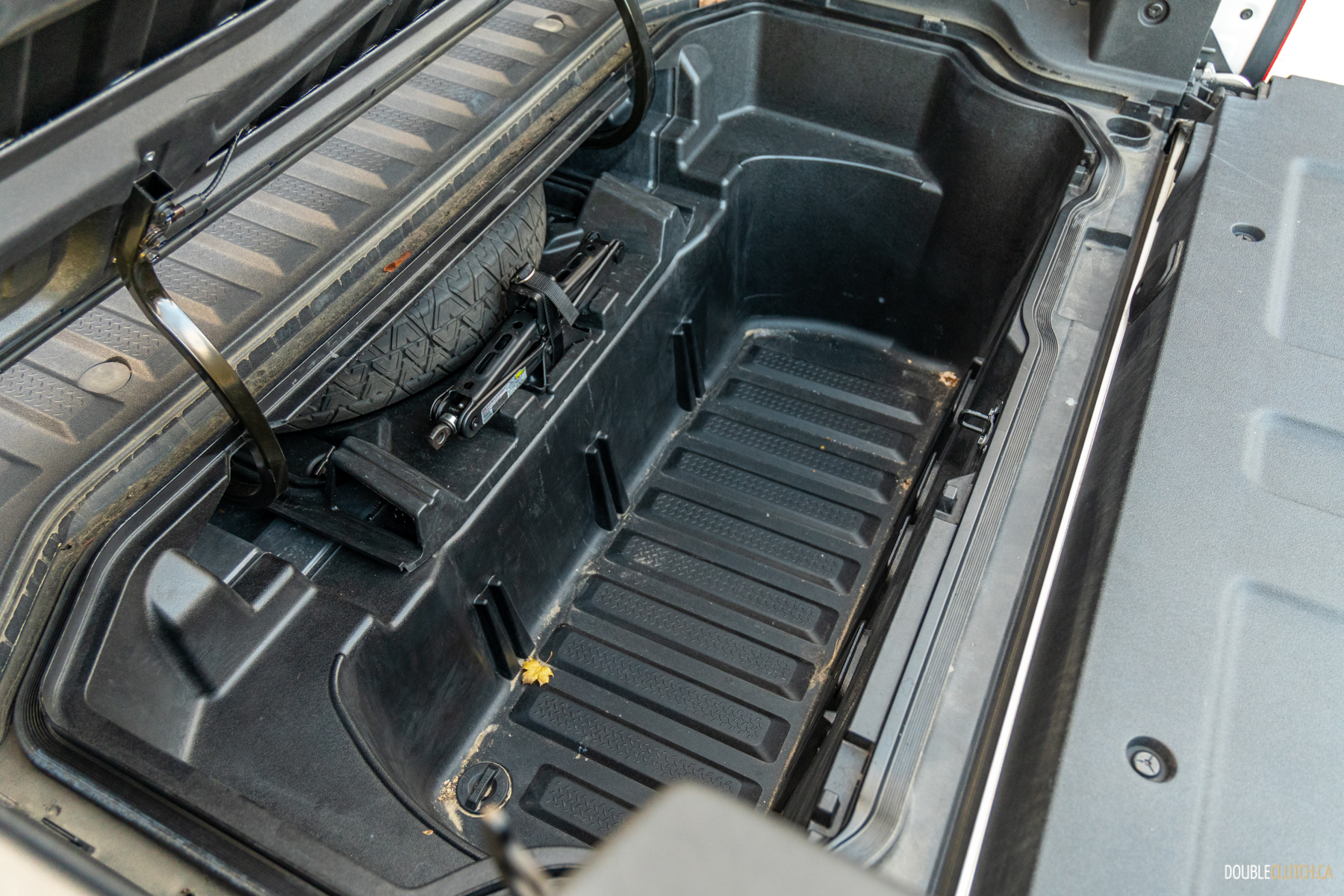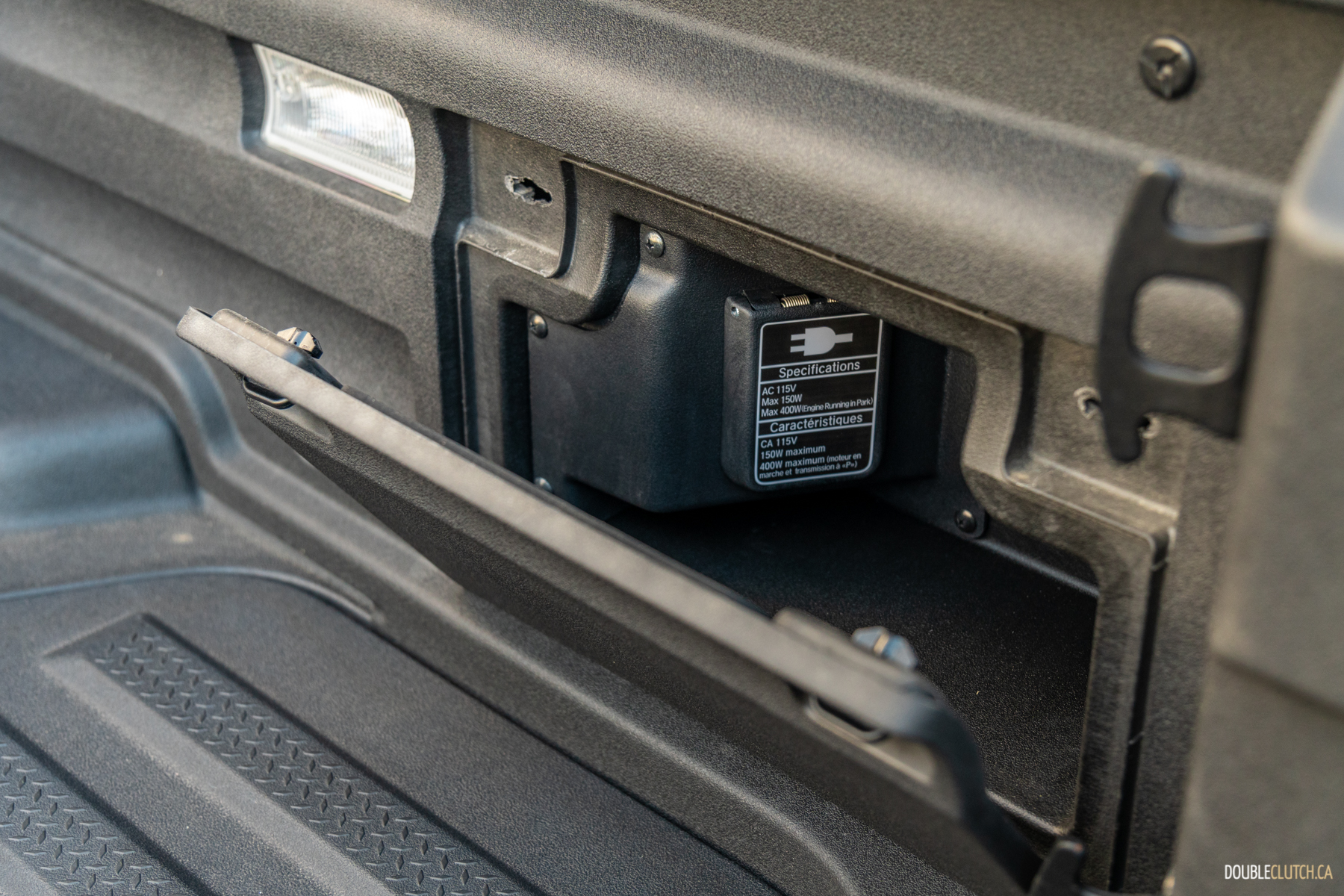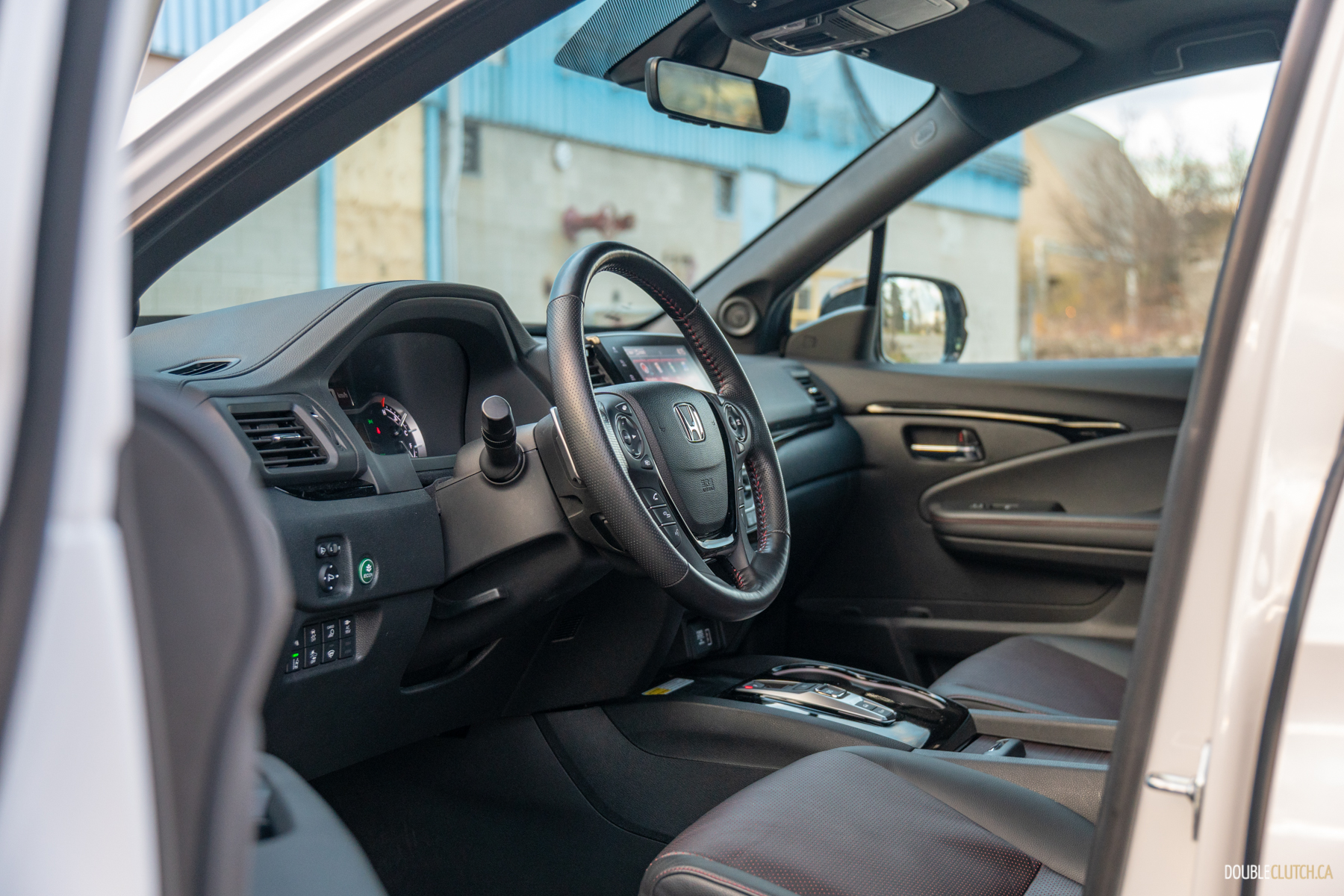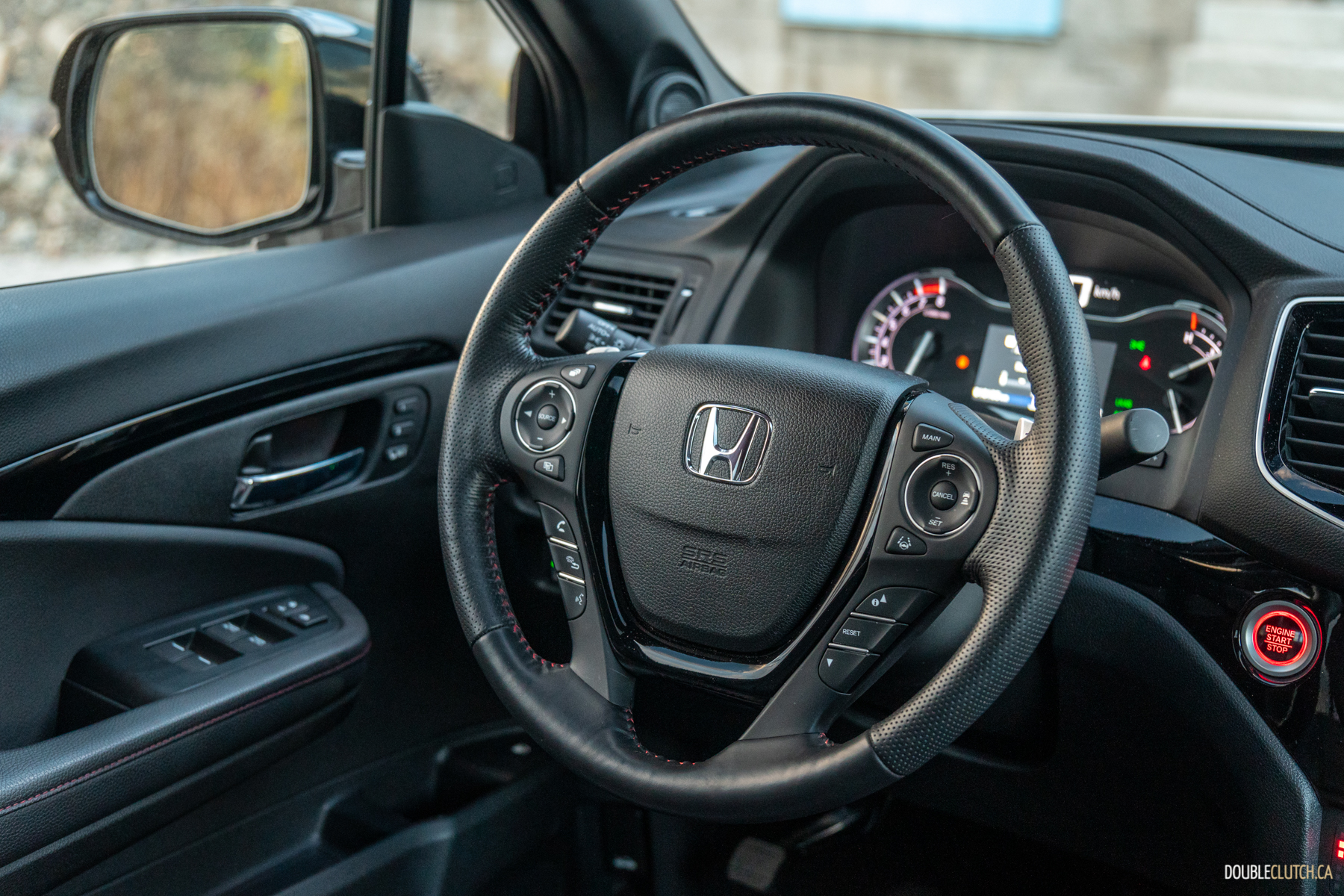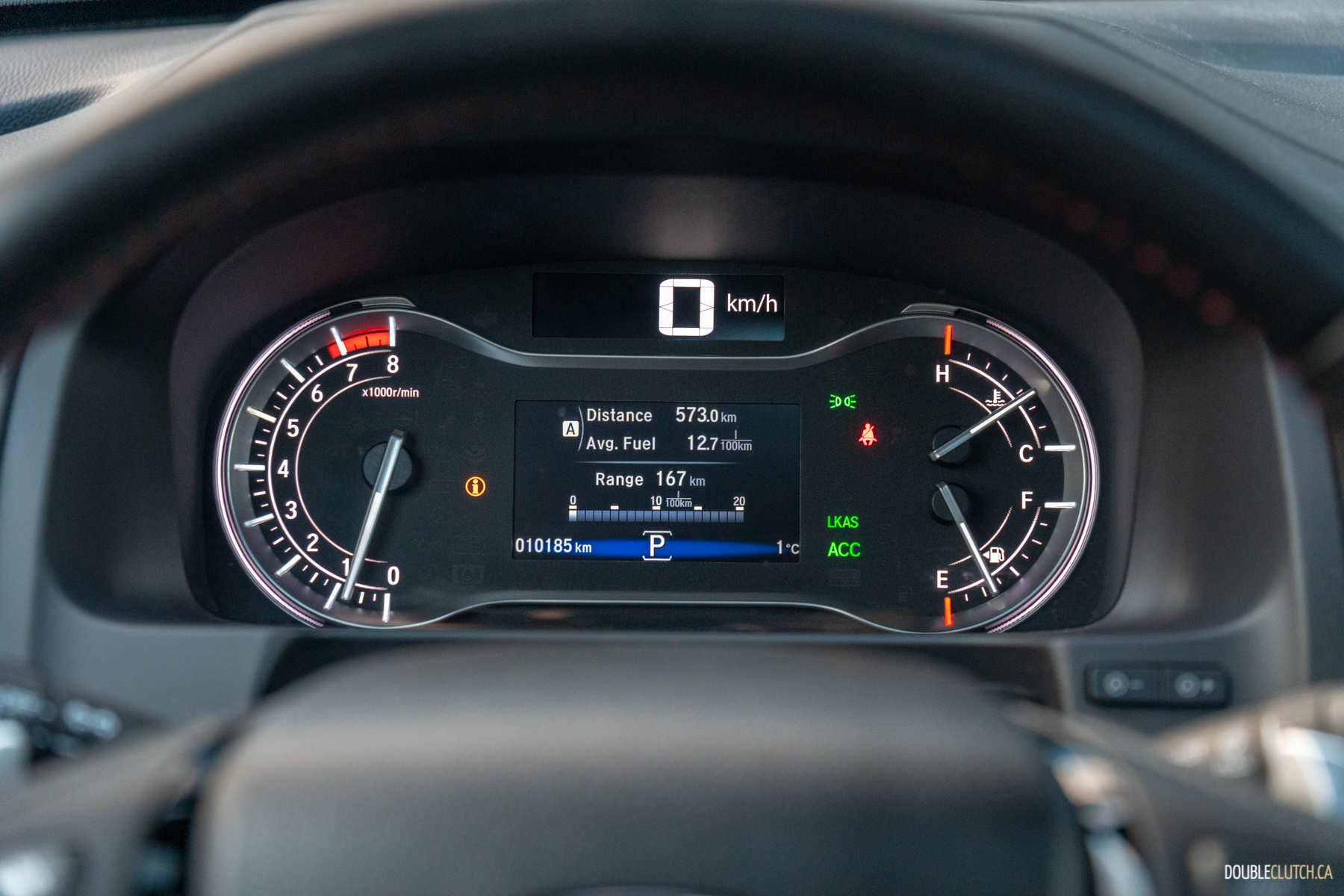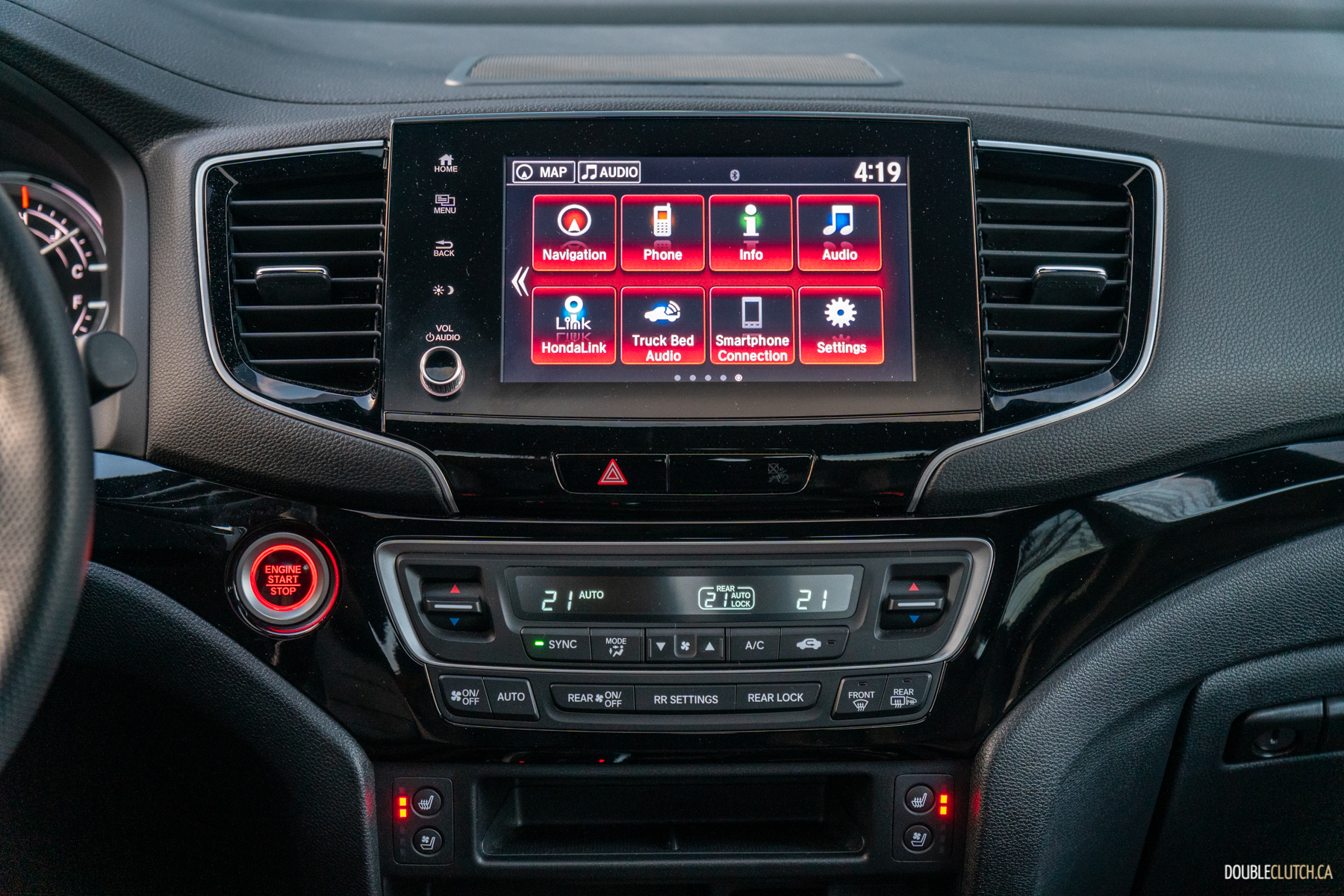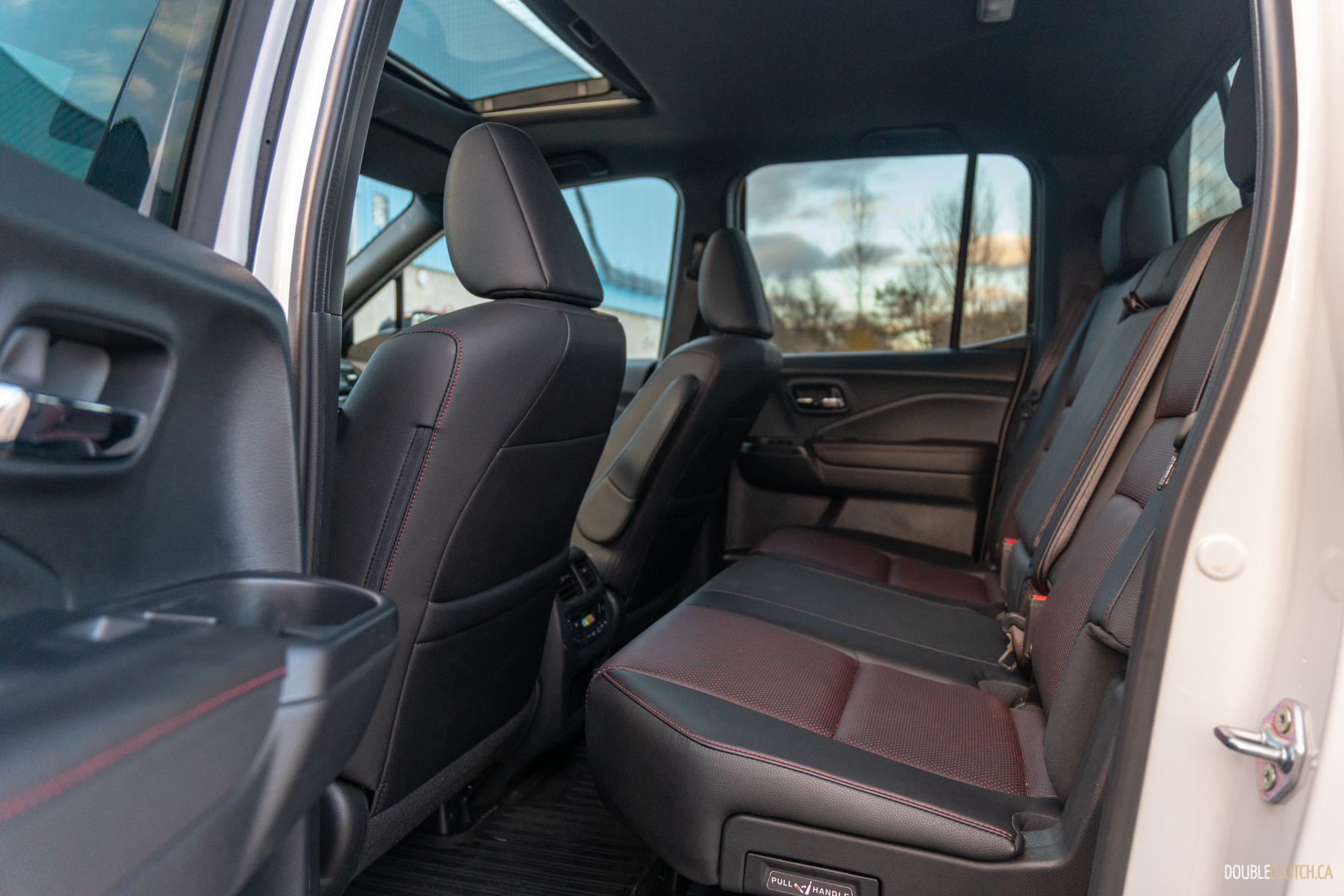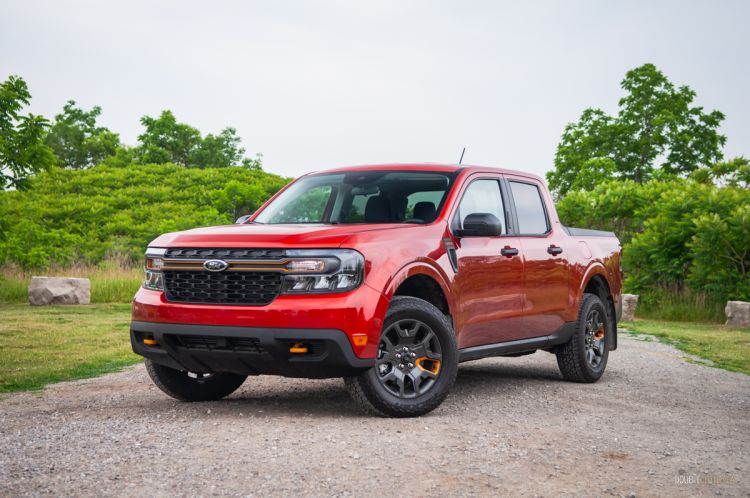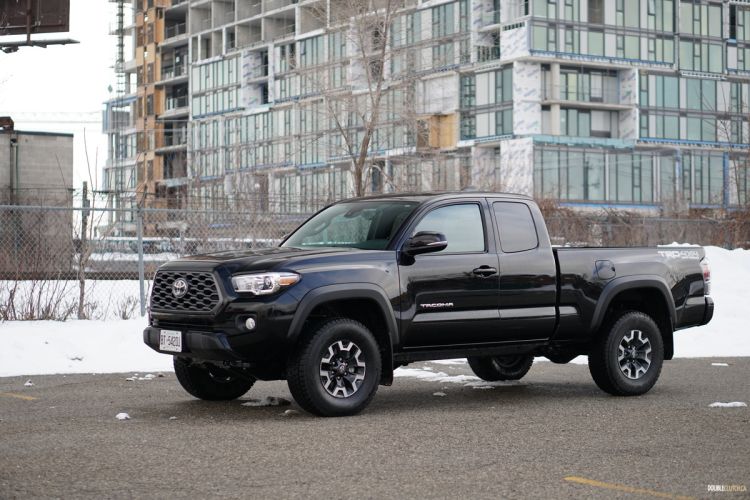Despite their recent reputation for being careful and conservative, Honda has always had a habit of being quietly daring, historically preferring to answer the proverbial why with a cheeky why not — why can’t we make a supercar be reliable and comfortable? Why can’t an economy car engine be fantastically efficient and a screaming performer? Or, in the case of the 2023 Honda Ridgeline Black Edition, why can’t we make a truck that isn’t a truck?
Since 2006, Honda’s Ridgeline has taken a very unconventional approach to the idea of the truck, by asking: what is a truck supposed to be in the first place? They’re meant to be utilitarian tools, transportation for doers. Obviously it needs an open cargo bed to throw things into. It needs to be able to tow as well. In the modern context, it should have sufficient space behind the front seats for your comrades, companions, and/or whatever else you don’t want left out in the open cargo bed. We all know this.
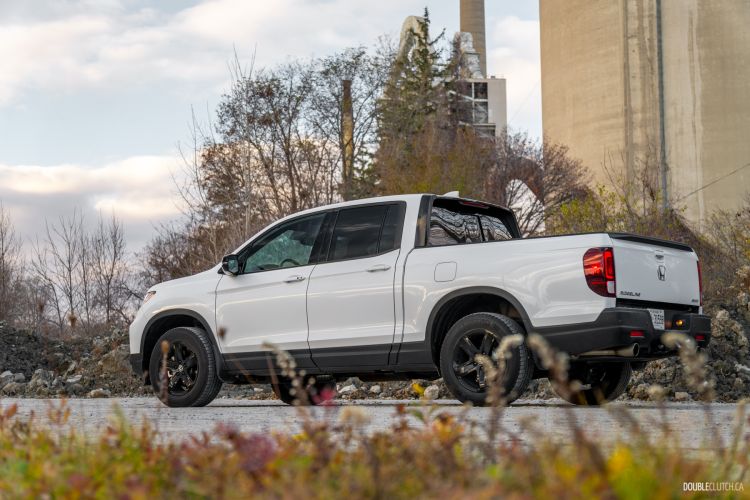
But we all know there’s more to it than that. A truck should look like a truck — chiselled, tough, and more often than not, enormous. A truck needs to be built on an old school frame, with the body and box being parked on top of it, separately. And naturally, a truck should have a longitudinal, rear-wheel-drive powertrain, as dictated by the confines of the frame. But Honda, in their infinite eccentricity, asked why a truck needs to be any of this. Not a single one of these things makes them any better at being a truck for the overwhelming majority of people. So, why not make a truck that doesn’t do that?
Honda’s “truck” is built on the same unibody platform as the Pilot crossover, using much of the same front end design as the previous-generation Pilot, too. As such, it’s front-wheel-drive based, with a smart AWD system to deliver plenty of traction for any situation; it might not be ideal for rock crawling, but it’ll get you through any snowstorm with ease. Being that it benefits from a unitized structure, the typical shimmies, shudders, and general roughneck nature you’d get from a traditional truck are gone. Not “pretty good for a truck,” but flat-out eliminated. It rides and drives like a car because it is a car … that’s shaped like a truck and can do truck things.
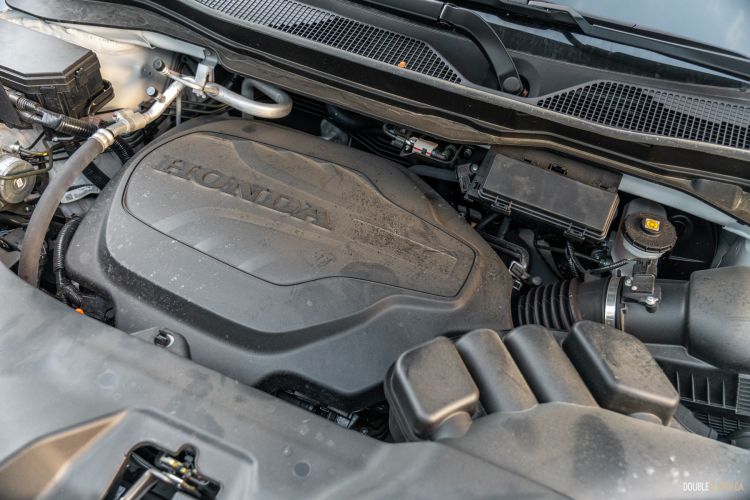
Motivation and towing power for truck activities comes courtesy of Honda’s venerable 3.5-litre V6 engine, producing 280 horsepower and 262 pound-feet of torque. Those numbers may not sound like much, but it’s enough to enable a 5,000-pound towing capacity when equipped with the extended towing package. Power is managed by a smart nine-speed automatic transmission, augmented by its own oil cooler for improved performance when towing.
It’s surprisingly quick, too, feeling far faster than the power figures convey. It’s able to scoot from rest to highway speeds in a little over six seconds, and in typical Honda fashion, the Ridgeline is impressively frugal, returning an average fuel use of 11.8L/100km in our testing. Moreover, it’s one of the smoothest powertrains out there, with impeccable manners and a slick character that’s a refreshing break from the proliferation of turbo-fours in the pseudo and/or small truck segment.
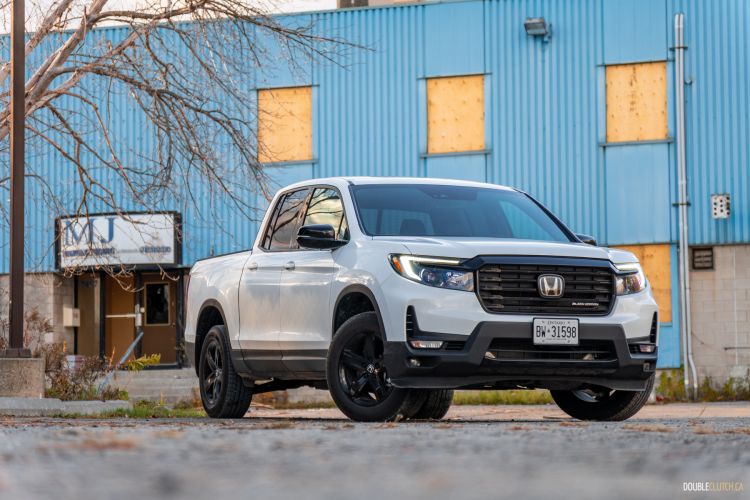
Similarly smooth is the Ridgeline’s driving demeanour, blessed with a very un-truck-like level of polish. It’s a breezy, effortless thing to pilot, with light, organic steering, and linear brake and throttle responses. Wind and road noise are well-hushed, and ride quality is plush and well controlled — leagues better than the body-on-frame Toyota Tacoma, Nissan Frontier, and GMC Canyon, and more supple than Ford’s Maverick trucklet.
The Ridgeline’s cabin represents one of the only real drawbacks of this whole experiment. It’s a nice enough place to be, with comfortable and supportive leather seats, and quality materials throughout. The only real issue is how dated the infotainment is; for a lot of our staff, it totally soured the experience of what we all agreed was an otherwise objectively excellent vehicle.
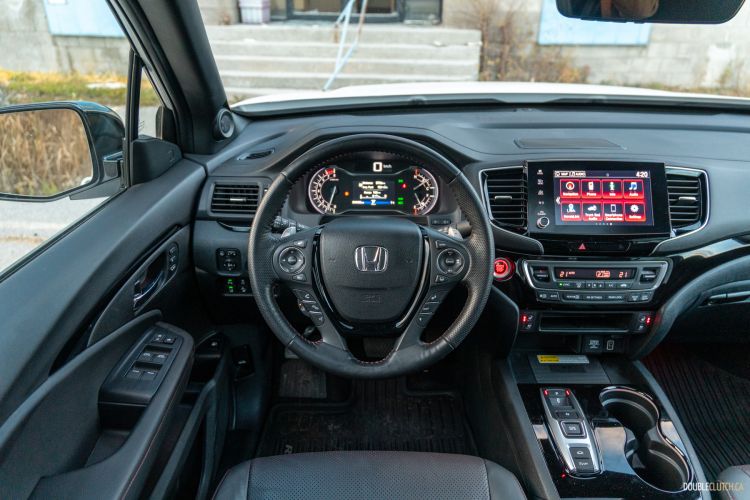
Snappy, intuitive, crisp, sharp, attractive — all things that this infotainment system isn’t. I think I’m the only one on staff who didn’t hate it; it’s largely because I didn’t bother trying to use the laggy Apple CarPlay connection, and also because I spent the most time with it and learned it. Once you’ve got your presets dialed in, and you learn that you can use the page button on the steering wheel to flip between media, maps, and phone functions, it’s not bad to live with. Still very visually dated, but functional.
The rest of the cabin feels more than a little last-gen as well, but not in a bad way. Almost everything is controlled by physical buttons, dials, and switches, and all feel like quality pieces with satisfying haptics, although we really wish this didn’t extend to the gear selector as well. It’s a typically Honda space, with cohesive, thoughtful design, quality materials, and brilliant use of space. The Ridgeline has plenty of room for front passengers, with a surprisingly spacious rear seat and a generous amount of storage space between the door pockets and giant centre console. The rear seat folds up to reveal a flat floor, creating a space large enough to move a bicycle or big screen television, without even having to use the bed. The bed is on the smallish side at five feet in length, and it’s very shallow as well.

Having said that, it’s almost totally flat on the bottom and sides with no wheel-well incursions, so the space is exceptionally usable — again in typical Honda fashion. On top of — or more to the point, below this — there’s Honda’s brilliant in-bed trunk; a water-tight, lockable, and large storage area under the bed. It’s a unique benefit of the Ridgeline’s unibody design, and an unconventionally un-trucky chassis doesn’t do much to hinder its payload capacity, rated to handle 1,500 pounds in the bed. That’s well within the range of other small-ish trucks, including those built with traditional truck ingredients.
The Ridgeline may have side-stepped the traditional truck formula, but it hasn’t gotten away from traditional truck pricing, at $56,435 as-tested for our loaded tester. Granted for all that, you get a vehicle that blends the utility of a truck, the drivability of a car with a velvety smooth powertrain, and Honda’s signature splendid execution on the fundamentals, even if some of the frills leave a bit to be desired. Despite a few hang-ups from being a little long in the tooth, the 2023 Honda Ridgeline Black Edition is a perfect answer to the “why not?” of building trucks differently.

